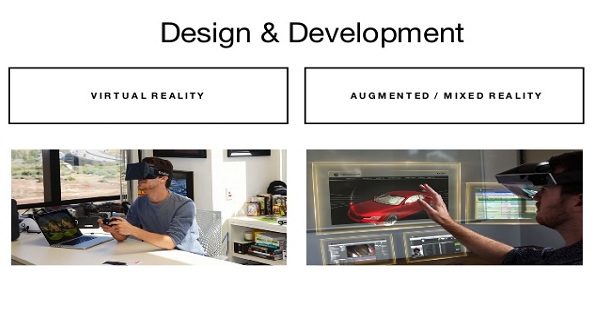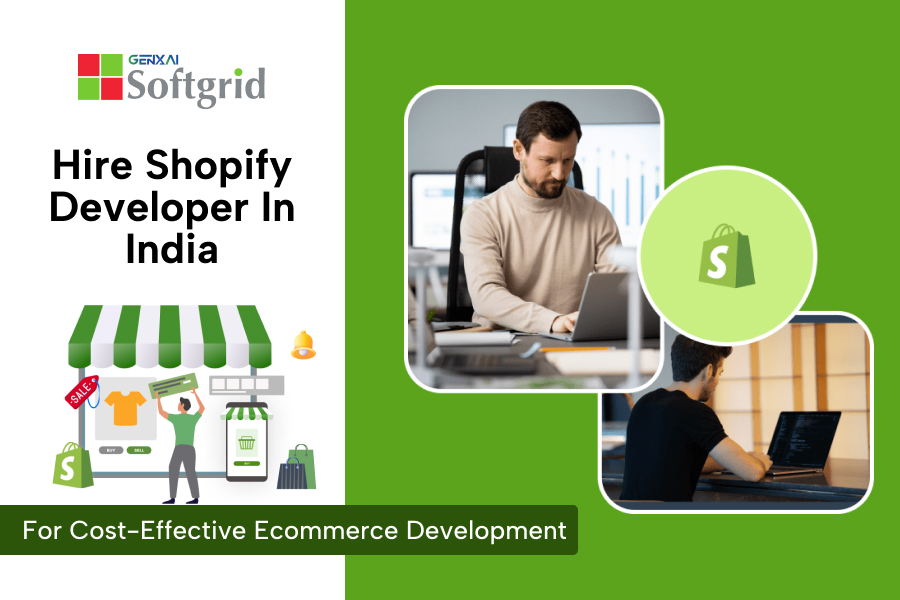Virtual Reality is something that was only exposed to techies or gaming enthusiasts, belonging to the sci-fi realm. It’s every day application no longer remains a dream, especially when you have giants like Face Book and Google investing in this technology. You know that it’s only a matter of time before it is something that hits the masses, with some of it already being made accessible to the public. Not only could this change the gaming sector or the entertainment sector, but can also be instrumental in changing the way we market our products online. Here we are talking about web design.
Virtual Reality browsers are already around
There’s already a compatible browser for your VR device! Janus VR assures you a completely different dimension of experience while browsing the web. It presents you with a virtual “lobby” in which you can pass through doorways to reach different URL’s. These URL’s are in the form of museum exhibits with text on the walls. Videos have an option of appearing in the form of theaters and can come with 3D lighting and sounds.
Virtual Communication
Perhaps one of the biggest advantages of VR- enabled websites is the capacity to extend your business reach. For example, if you happen to be a mechanic, you can set up VR calls with your customer, taking him through the problem and offering consultation without literally moving from your chair!
At its best, Virtual Reality will make the internet experience more inclusive and tangible. If you are planning out your wedding, instead of pinning wedding dresses on Pinterest, it will be possible to enter Virtual wedding stores and create avatars to try on different dresses and opt to have them delivered to you at your convenience. The opportunity is limitless and can be applied to “virtually” every industry.
Application in Contextual Computing
Contextual computing is a concept that is given to technology which is able to understand their creators and technologies around them. Search Engine results and Netflix are two examples of the strides we have made in machine and Internet of Things. Contextual computing is based on the following 4 premises: Social Media, Mobile, Data Sensors and Location Sensors. Google Glass is a perfect example of a contextual computer. As these devices increase in their demand, it will become imperative to optimize AR and VR.

Quality over Quantity
The golden that stands with creating good content will only extend to the VR experience. Google VR view supports mono 360 panoramas and omni-directional panoramas. It is important to not just think about VR from a content generation’s perspective but in terms of what it will do for the users and ultimately the brand you stand for. Investing in good VR is what will differentiate from you the rest. There might be some which invest as a gimmick while some who will invest in it to create an immersive journey for their visitors, a journey that connects them to the company and creates an experience like no other.

 Web and Full Stack
Web and Full Stack CMS and Frameworks
CMS and Frameworks Online Marketing
Online Marketing Cloud Services
Cloud Services ECommerce
ECommerce Mobile
Mobile



